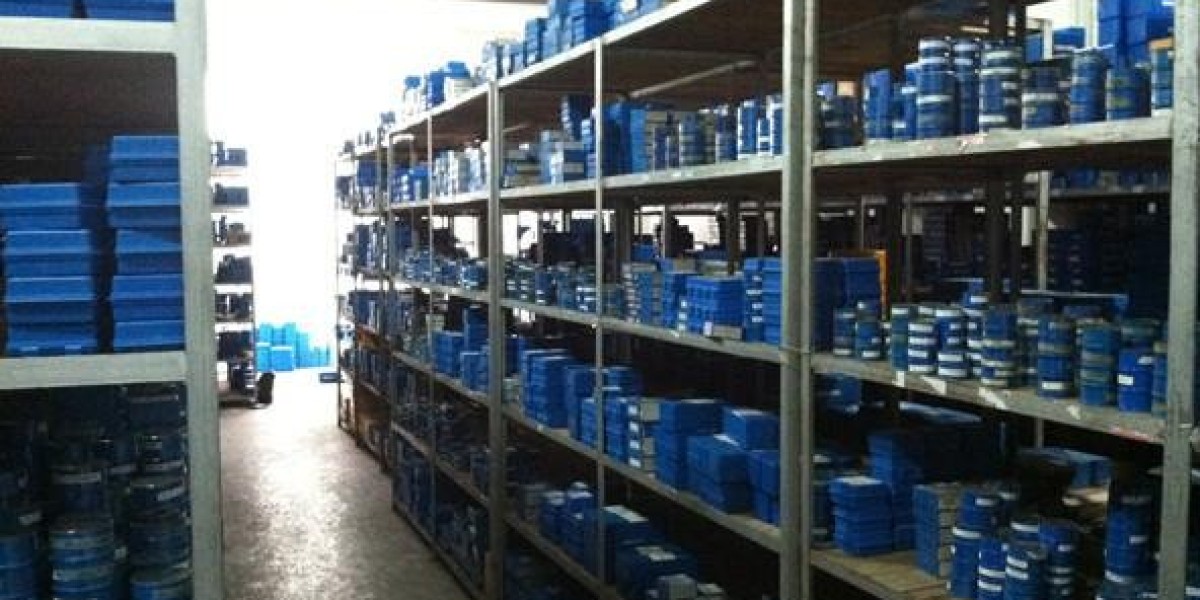Thread taps are essential tools in the manufacturing and fabrication industries for creating internal threads in a variety of materials. They are available in a variety of styles, each tailored to unique purposes and requirements. There are numerous sorts available, each with its distinct properties.
UN Thread Taps
UN thread taps are commonly used in general-purpose applications in the United States. They adhere to the UN thread standard, which specifies uniform thread size and pitch. UN thread taps have a 60-degree thread angle and come in a variety of sizes and pitches. They're widespread in industries like:
• Automotive
• Aerospace
• machinery manufacturing
Metric Thread Taps
Metric thread taps are commonly used in nations that utilize the metric system of measurement, which includes many European and Asian nations. They are identified by their primary diameter and pitch and have a 60-degree thread angle. Metric thread taps are versatile for a variety of applications since they come in a variety of sizes and pitches. They are frequently used in fields like electronics, engineering, and automobiles.
Whitworth Thread Taps
One of the first thread types to be standardized was the Whitworth thread tap. They have a thread angle of 55 degrees and were commonly used across the British Empire.
However, metric threads have essentially taken their position in contemporary applications. There are still some industries and restoration projects that require the use of Whitworth thread taps because they are compatible with older machinery.
ACME Thread Taps
ACME thread taps are designed for use in applications requiring high load-bearing capacity as well as resilience to wear and tear. They have a trapezoidal thread profile with a thread angle of 29 degrees, allowing for efficient transmission of heavy forces.
ACME thread taps are frequently used in heavy-duty applications like lead screws, jacks, and power transmission systems. They are suited for bearing high loads and providing precise linear motion due to their strong design.
Square Thread Taps
Due to their square-shaped thread profile, square thread taps are ideal for applications requiring good power transmission and accuracy. Effective load transfer and wear resistance are made possible by the extensive contact area between the mating threads. Square thread taps are frequently utilized in heavy machinery, screw jacks, and power transmission systems.
Trapezoidal Thread Taps
Trapezoidal thread taps have a trapezoidal thread profile with a 30-degree thread angle. They are also known as Trapezoidal Lead Screw (TLS) taps. They are frequently employed in linear motion-intensive applications such as:
• lead screws
• machine tool drives
• lifting mechanisms
Trapezoidal thread taps are made to withstand rigorous use and have great load-bearing capabilities.
Buttress Thread Taps
Buttress thread taps have a special thread profile that combines a steeper angle (often 7 degrees) on one side and a 45-degree thread angle on the other. This asymmetrical structure resists reversing forces while allowing for efficient transmission of axial forces in one direction. Applications requiring strong axial stresses, such as hydraulic cylinders, jacks, and presses, frequently use buttress thread taps.








